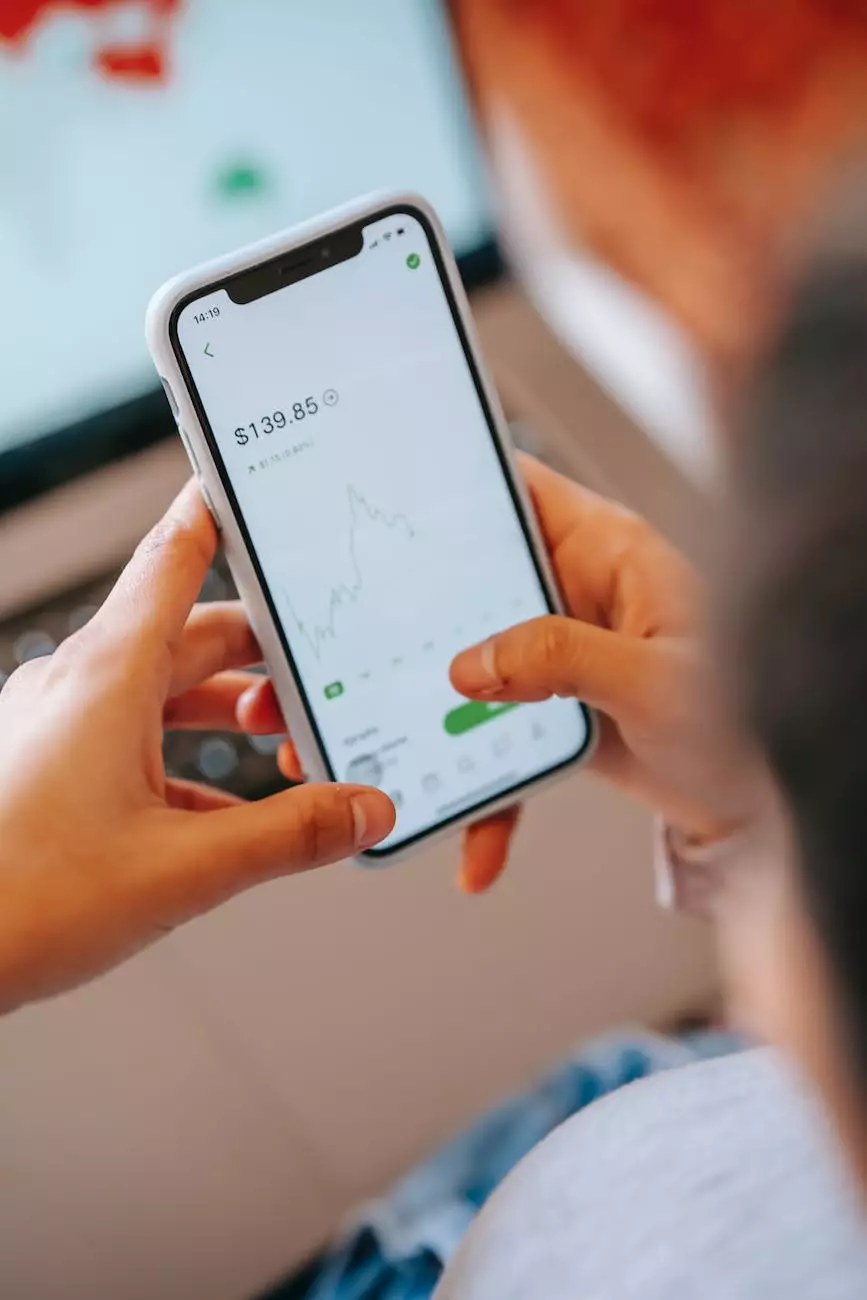How to Create a Mobile App: 13 Steps to Develop an App
Blog
Introduction
Welcome to the comprehensive guide on how to create a mobile app. In this article, we will walk you through the essential steps involved in developing your own app. Whether you are an aspiring app developer or a business owner looking to expand your digital presence, this guide is for you. At Seo by Chrys, we specialize in website development for businesses in the consumer services industry. Let's dive in!
Step 1: Define Your App's Purpose and Target Audience
Before you start developing your mobile app, it's crucial to define its purpose and target audience. Determine what problem your app will solve and who your target users are. Conduct market research and analyze competitors to understand their strengths and weaknesses.
Step 2: Sketch and Design Your App's User Interface
The user interface (UI) plays a vital role in the success of your app. Sketch out the app's interface design and create a wireframe to visualize its functionality. Pay attention to usability, aesthetics, and intuitive navigation to enhance the user experience.
Step 3: Choose the Right Platform
Decide whether you want to develop your app for iOS, Android, or both platforms. Consider the target audience, budget, and time constraints. Each platform has its own set of programming languages and development tools, so choose wisely based on your requirements.
Step 4: Backend Development and Database Integration
Backend development and database integration are crucial aspects of app development. Design and develop a robust backend architecture to handle data storage, user authentication, and server communication. Integrate a reliable database management system for seamless data retrieval and storage.
Step 5: Frontend Development and User Experience
Frontend development focuses on creating the visual elements and interactive features of your app. Utilize programming languages like HTML, CSS, and JavaScript to build the frontend interface. Prioritize user experience (UX) by implementing smooth transitions, responsive design, and intuitive interactions.
Step 6: Mobile App Testing
Thoroughly test your app across different devices, operating systems, and screen sizes to ensure optimal performance and compatibility. Conduct functional testing, usability testing, and performance testing to identify and fix any bugs or glitches.
Step 7: App Store Optimization (ASO)
To increase app visibility and attract potential users, optimize your app's listing on the respective app stores. Conduct keyword research and include relevant keywords in your app's title, description, and tags. Encourage positive reviews and ratings to boost your app's credibility.
Step 8: App Deployment
Prepare your app for deployment by creating developer accounts on the respective app stores. Follow the guidelines provided by Apple App Store or Google Play Store for submitting your app. Be mindful of the submission requirements and guidelines to avoid any rejections or delays.
Step 9: Post-Launch Marketing and Promotion
Successful app development goes beyond the launch. Implement a marketing and promotion strategy to reach your target audience. Utilize various digital marketing channels such as social media, content marketing, and paid advertisements to create awareness and drive app downloads.
Step 10: Gather User Feedback and Iterate
Listen to user feedback and reviews to continuously improve your app. Implement updates and bug fixes based on user suggestions and preferences. Engage with your users through app reviews, social media, and customer support to build loyalty and maintain a positive app experience.
Step 11: Monitor App Performance and Analytics
Monitor your app's performance using analytics tools to gain insights into user behavior, engagement, and retention rates. Track key metrics such as downloads, active users, and in-app purchases. Use this data to make informed decisions and enhance your app's performance and monetization strategies.
Step 12: Stay Updated with Technology Trends
The app development industry is constantly evolving with new technologies and trends. Stay updated with the latest advancements to keep your app competitive. Explore emerging technologies such as artificial intelligence, augmented reality, and blockchain to enhance your app's features and capabilities.
Step 13: Continuous Optimization and Support
App development is an ongoing process. Regularly optimize and update your app to ensure compatibility with new OS versions and devices. Provide prompt customer support and address any reported issues to maintain user satisfaction and retention.
Conclusion
Congratulations! You have learned the 13 steps to develop your own mobile app. By following this comprehensive guide, you are well-equipped to create a successful and user-friendly app. At Seo by Chrys, we are passionate about website development and helping businesses in the consumer services industry thrive. Contact us today to discuss your app development needs!




